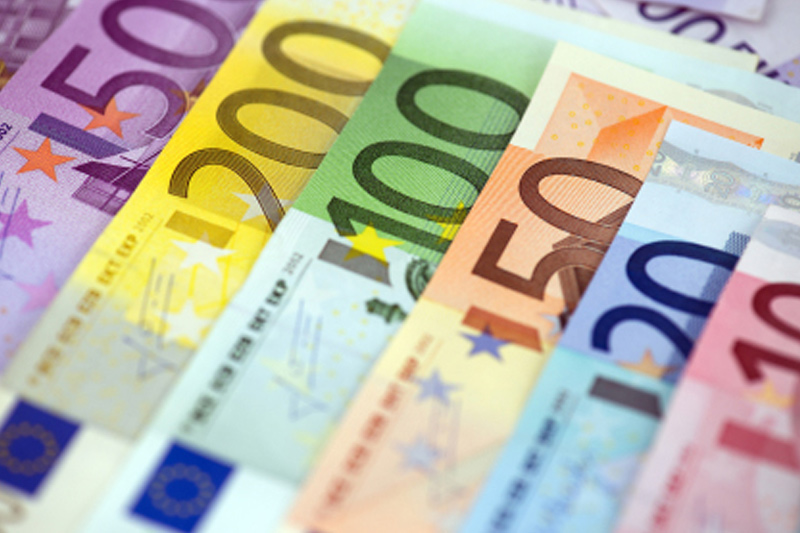Investing.com - The euro remained near two-and-a-half month lows against the U.S. dollar on Thursday, as downbeat euro zone economic growth data weighed on the single currency, while strong U.S economic reports lent support to the greenback.
EUR/USD hit 1.3649 during U.S. morning trade, the pair's lowest since February 27; the pair subsequently consolidated at 1.3670, sliding 0.32%.
The pair was likely to find support at 1.3643, the low of February 27 and resistance at 1.3731, Wednesday's high.
The Federal Reserve of Philadelphia said its manufacturing index ticked down to 15.4 this month, from a reading of 16.6 in April, compared to expectations for a fall to 14.0.
The data came after the U.S. Department of Labor said the number of individuals filing for initial jobless benefits in the week ending May 10 fell by 24,000 to 297,000 from the previous week’s revised total of 321,000. Analysts had expected jobless claims to fall by 1,000 to 320,000 last week.
A separate report showed that U.S. core consumer price inflation, which excludes food and energy, rose by 0.2% last month, more than the expected 0.1% uptick, after a 0.2% gain in March.
Consumer price inflation rose 0.3% in April, in line with expectations, after a 0.2% increase the previous month.
In addition, the New York Fed said its manufacturing index climbed to a more than two-year high of 19.01 in May, from a reading of 1.29 in April. Analysts had expected the index to rise to 5.00 this month.
On the other hand, U.S. industrial production dropped 0.6% last month, confounding expectations for a 0.1% rise. March's figure was revised up to a 0.9% increase from a previously estimated 0.7% gain.
Meanwhile, the single currency remained under pressure after Eurostat earlier said the euro zone’s gross domestic product grew just 0.2% in the first quarter, compared to expectations for growth of 0.4%. On a year-over-year basis the bloc’s economy expanded 0.9%, falling short of expectations for growth of 1.1%.
Separately, Eurostat reported that the annual rate of inflation in the euro zone was unchanged at 0.7% in April, in line with forecasts. The inflation rate is still well below the ECB's target of close to but just under 2%.
Meanwhile, in an interview with The Wall Street Journal on Thursday, European Central Bank Vice President Vitor Constancio said the central bank was open to more monetary easing and was determined to act swiftly if required.
The euro was lower against the pound, with EUR/GBP retreating 0.37% to 0.8149.
